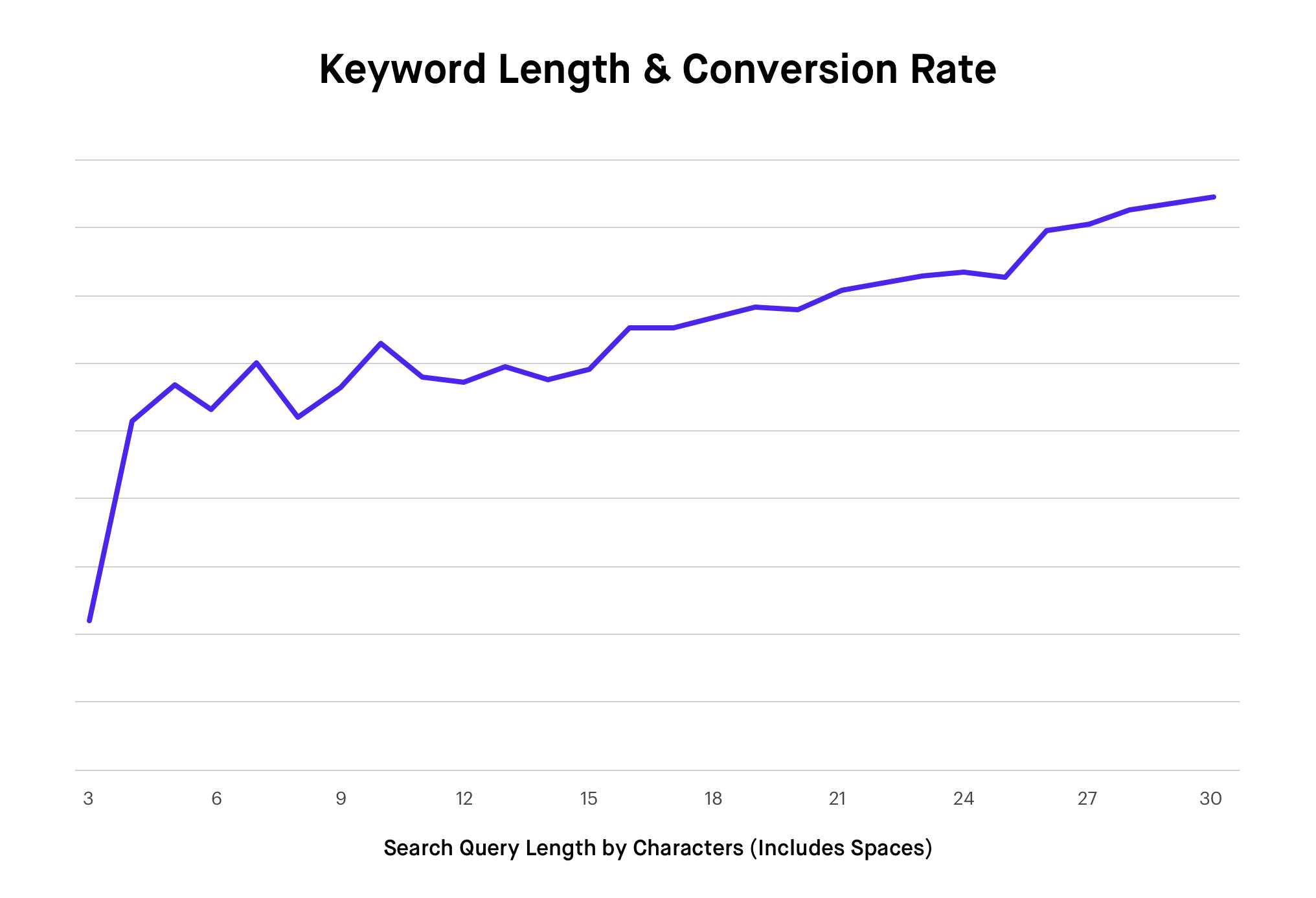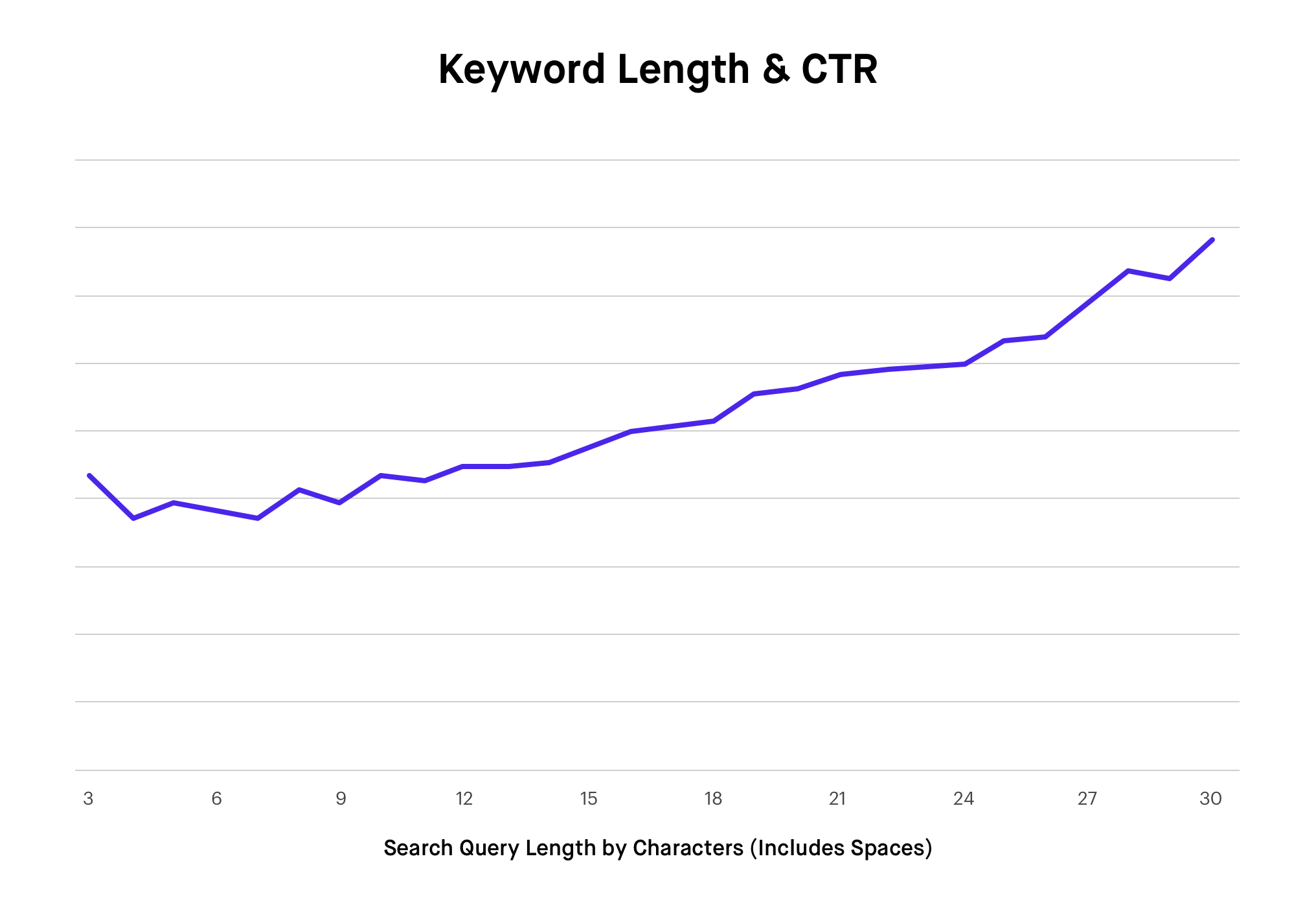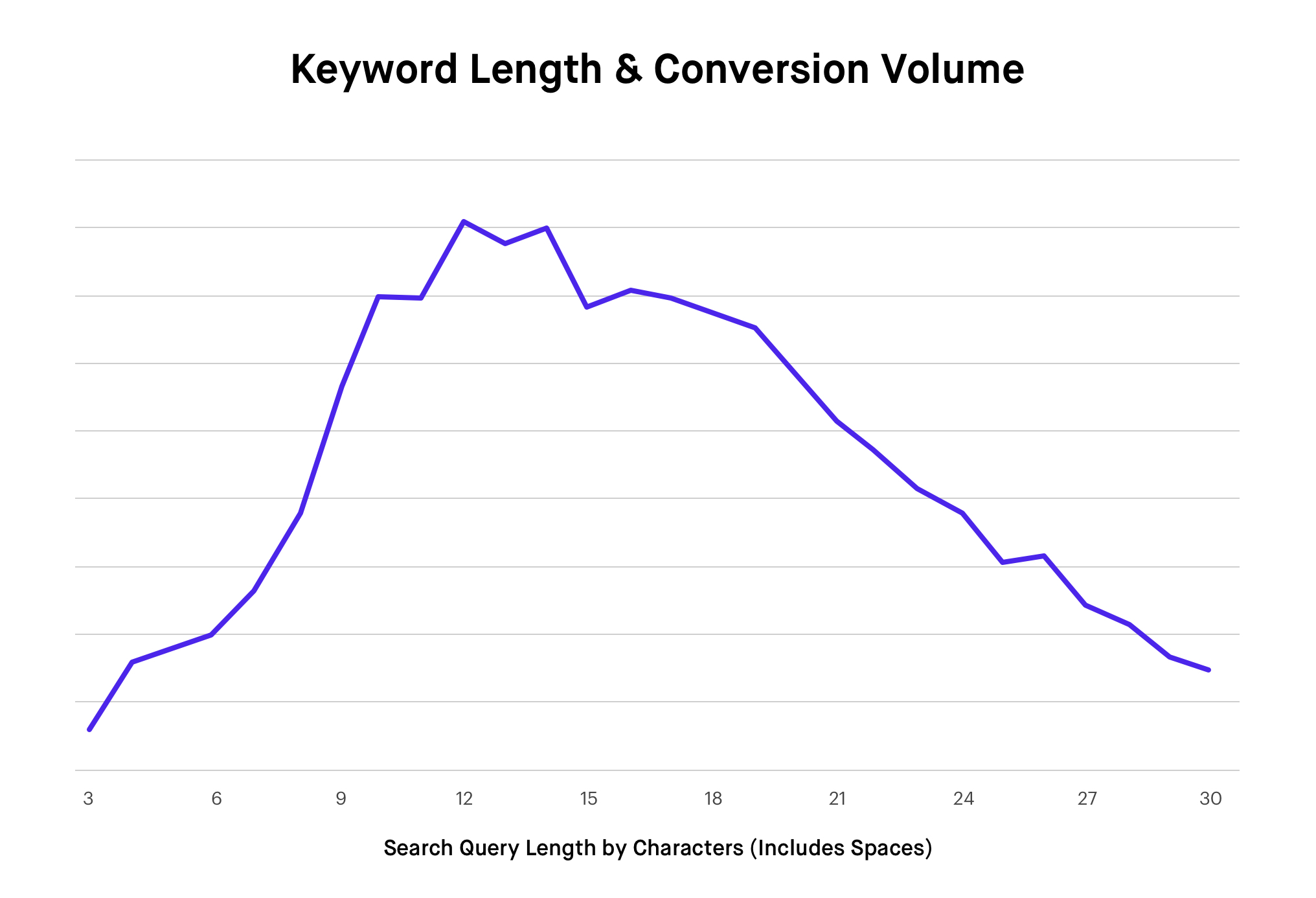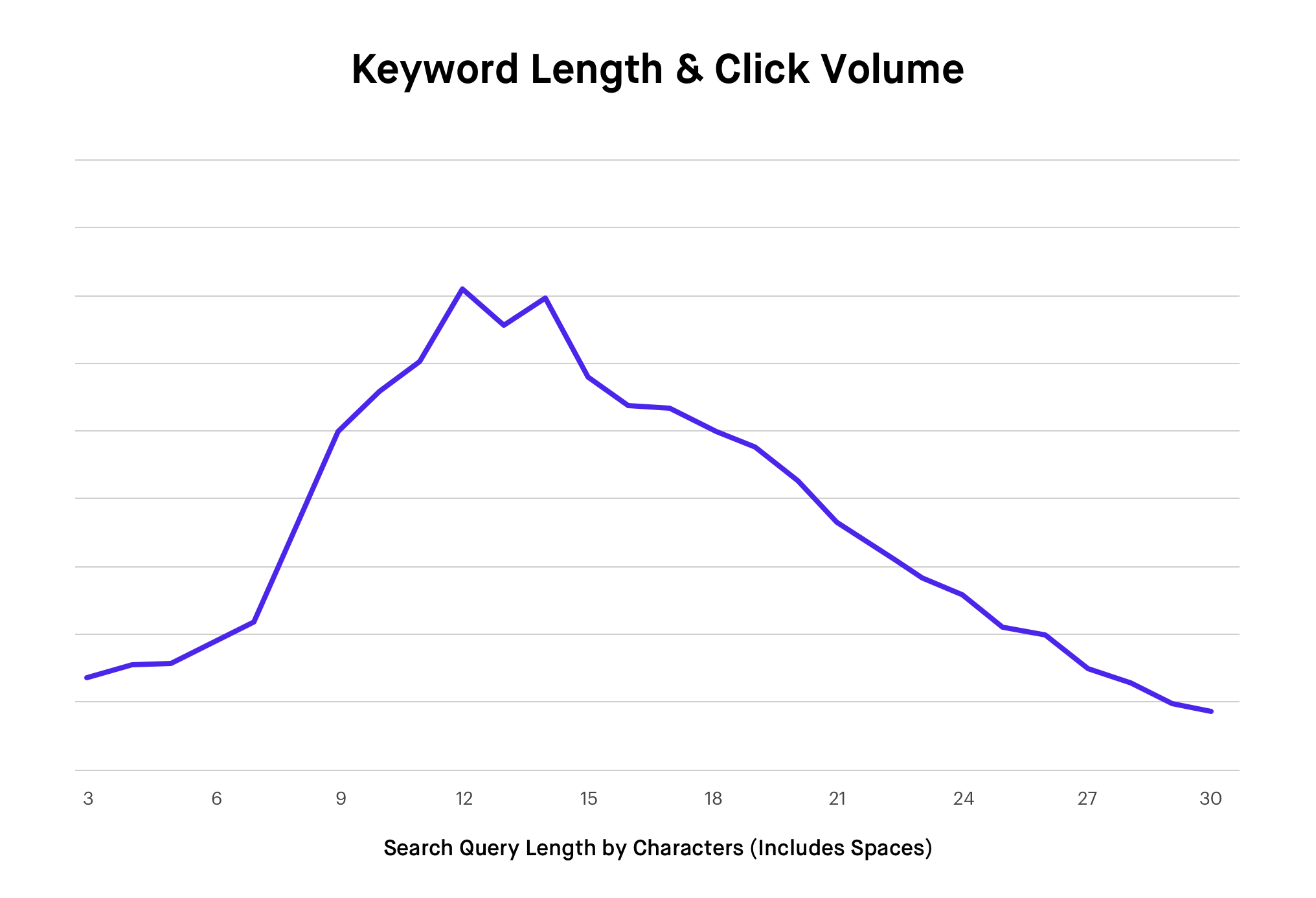Consumer behavior is a moving target. For your brand to grow on Amazon, you need to constantly adjust your marketing strategy based on changes to how consumers search. You need to adapt to changes to what they search for. And you need to respond to how they behave on the search results page (SERP).
This responsiveness to search behavior is critical to your brand’s ability to properly value a given search term. Teikametrics software can help you manage this shifting search environment, but our research provides wider truths that should guide your strategy.
The way consumers use the search bar says a lot about where they are in their buying journey. Our research shows that those further along their journey will often use longer, more targeted, specific search terms, and are more likely to click and make the purchase immediately. Meanwhile, consumers that are still exploring will typically use shorter, broader language, and take their time before making a purchase decision.
One major caveat to keep in mind, is that as search terms get more specific, the aggregate volume of traffic to those searches goes down.
Put simply, the longer a search query, the more likely that an ad click from that search will result in a sale. However, most searches are on the shorter side. Knowing these behavioral differences is valuable as you set a keyword strategy based on product lifecycle stage and business priorities.


Search Behavior Along The Shopper Journey
When consumers enter a longer query into the Amazon search bar, they are more likely further along in their buying journey.
For example, they may have identified a brand they want to explore and appended that to an initial unbranded search term. Earlier in the journey, they may have searched for “kids shoes.” After looking at a few options, they might search for “reebok kids shoes.” In this case, the consumer added the additional word “reebok” once they identified the brand they wanted to purchase.
Apply The Data To Ad Strategy
For brand owners and sellers, this means that your expectations for conversion rate and CTR should change based on the intent or buying journey stage of the shopper. Query length can act as a good proxy here. Even across the same product, a Sponsored Product ad showing up on a short category term such as “granola” is likely to result in a much lower conversion rate than the same product ad showing up on a more specific search term such as “low calorie granola”.
At Teikametrics, this is where our bidder comes in, helping users identify the optimal point of profitability on a term-by-term basis. What’s clear from the analysis is that, in aggregate, there is a ‘sweet spot’ in terms of the length of search terms that generate the most conversions and clicks – between roughly 10 and 17 characters.


Volume vs. Rate
For brand owners and sellers on Amazon, contrasting the volume-oriented graphs with the rate-oriented graphs emphasizes the need for nuance in your larger Amazon strategy.
Particularly for newer brands or brands launching new products, driving sales volume is critical to achieving higher organic rankings on the search page. Search terms in the 10-17 character range are searched at the highest rates. More importantly, when it comes to setting your strategy, keep in mind that across categories, unbranded terms are searched for much more frequently than branded terms on Amazon.
For terms beyond 20+ characters, search volume drops precipitously, so have realistic expectations if your ads appear on those terms.
Use Technology For Increased Profitability
It helps to have technology to identify which terms are worth going after. There’s a nearly unlimited number of potential terms searched for on Amazon. Plenty of terms can generate clicks, but software can identify the small percentage that generate clicks most likely to meaningfully help a seller’s business.
If you’re selling on Amazon, effectively capitalizing on every opportunity requires understanding the customer journey and how it relates to query length. This is part of being able to properly measure performance and effectively adjust your tactics.
Bid adjustments are a big part of this – allowing you to maximize volume when it’s profitable and the “iron is hot,” and scale down when performance doesn’t justify the investment. This is why at Teikametrics our software automatically adjusts bids based on continuous evaluation of both conversion volume AND conversion rate, with controls to always fit your desired profitability levels.
In this article we present the results based on keyword length – consumers with stronger intent are more likely to type in longer, more specific terms. While it is a good proxy, you may think it’s not good enough. And we agree! Our bidder determines intent by also looking at search words semantically, knowing full well that longer keywords don’t always mean better specificity. (this is not true, yet, but will happen with product embedding)
Teikametrics’ Data Science Team Mission
The use of machine learning technology is largely restricted to companies with incredible resources at their disposal. Teikametrics’ Data Science team aims to democratize the power of AI-backed decision making for ecommerce businesses by providing brand owners and sellers around the globe with transparent and understandable data-driven insights, recommendations, or actions.
Methodology
The data in this study represents the Amazon Sponsored Products ad activity across Teikametrics customers from 3/1/2020 through 3/31/2020. Search queries where ads appeared were segmented based on the character length of the search term, which include spaces.





